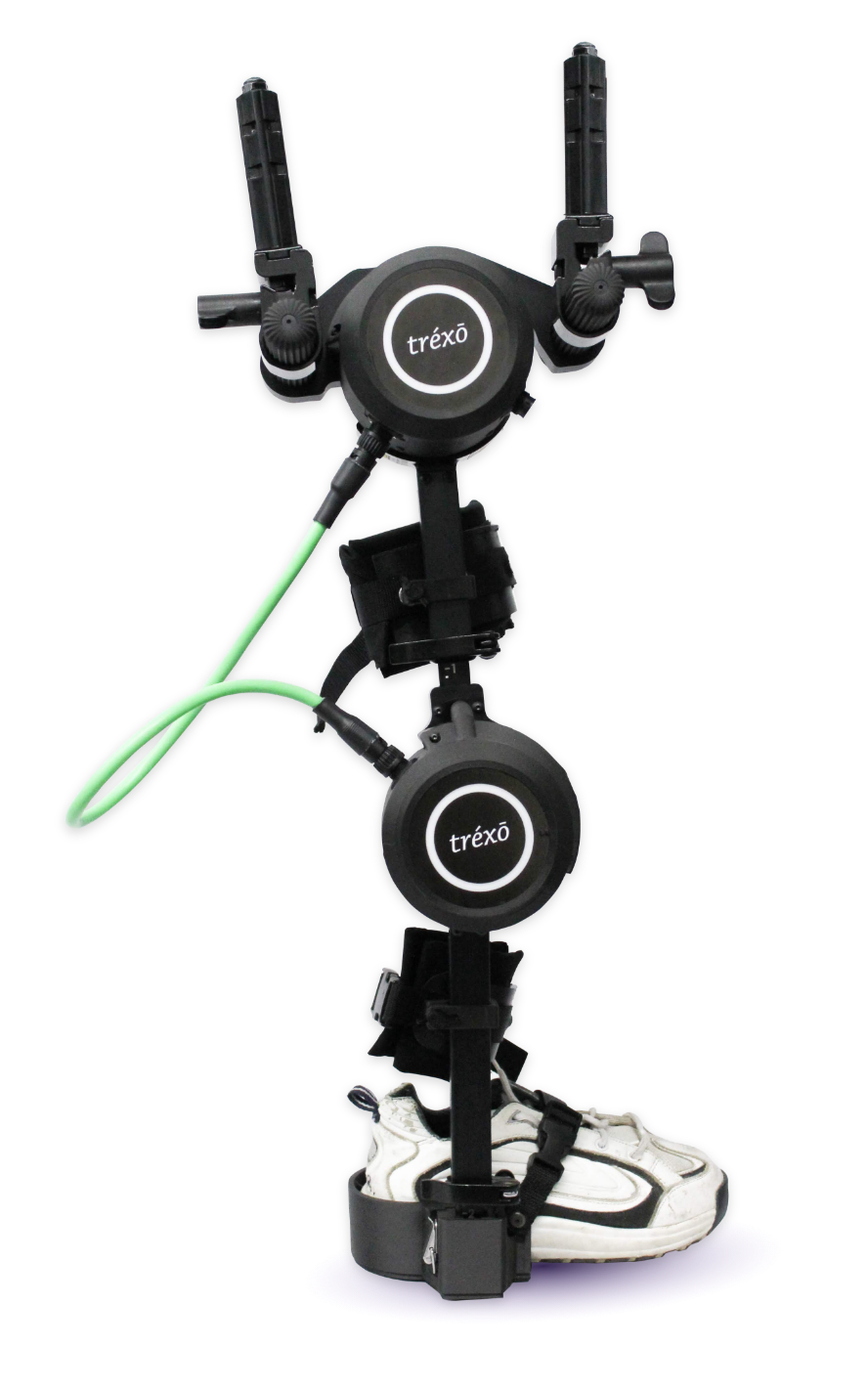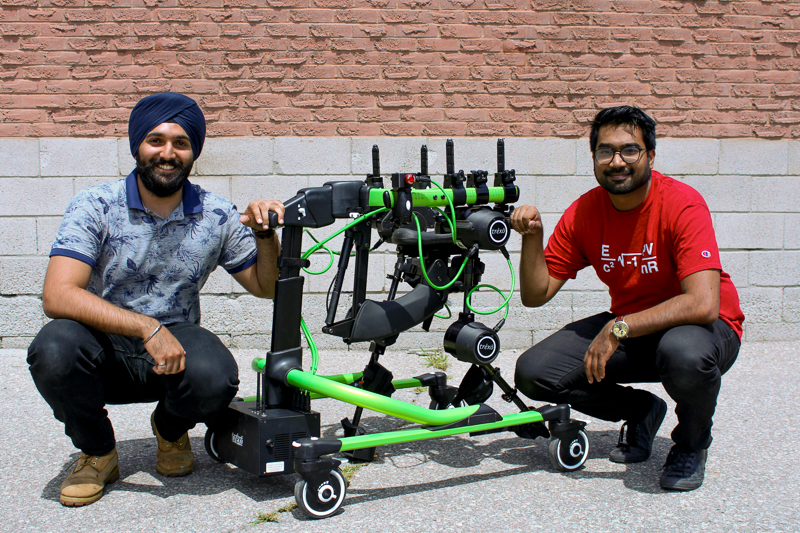What Is Acquired brain injury (ABI)?
Acquired brain injury (ABI) is damage to the brain that occurs any time after a person is born. There are 2 types of acquired brain injury – traumatic and non-traumatic.
Traumatic Brain Injury
A traumatic brain injury is the result of a physical force, from the outside, hitting the head. This could be from a fall or an accident. Please note there are many other causes for adults. For purposes of this content, we are talking about children.
Non-traumatic Brain Injury
A non-traumatic brain injury is the result of something other than trauma.
Common causes are:
- an infection
- blocked or interrupted blood flow to the brain
- a swollen or ruptured blood vessel in the brain
- not enough oxygen to the brain
- A brain tumor
Each child’s brain injury is unique. Depending on the cause of the injury, it can be difficult to determine the full extent of the damage right away.
The extent of the brain injury can be described as mild, moderate or severe.
Glasgow Coma Scale
The Glasgow Coma Scale (GCS) is used to assess the extent of the injury. This measures the level of consciousness. The scale ranges from 1 to 15. Lower numbers indicating a more severe injury.
What impact does Acquired Brain Injury have?
- Processing of new information may be affected – the brain takes longer to understand messages as they come in
- How we move our limbs and body – mobility may be lost
- The brain has a harder time learning new things.
- Memories can be lost and hard to form
What happens next?
The abilities that the child regains depend on the cause, severity and location of the injury they sustained. Recovery may take months or years, and they may never fully recover. Each child’s experience and recovery is unique.
While the child is in the hospital the goal is to stabilize the child’s condition and prevent further Damage and avoid complications.
Sometimes early in the process the child will need:
- care from many types of healthcare providers
- monitors to check heart rate, breathing, blood pressure, oxygen levels and pressure in the brain
- An IV to give fluids and medications
- a catheter to drain urine from the bladder
- a nasogastric (NG) tube
- a ventilator to help with breathing
The age of the child at the time of injury will determine what rehabilitation is possible.
Types of rehabilitation services
- Assistive devices
- Modified School Programs
- Neuropsychological Services
- Nursing Services
- Occupational Therapy
- Phsiotherapy
- Speech Language Pathology Services
If your child has an acquired brain injury that impacts their mobility, explore how Trexo can help get your kiddo upright and walking.

Trexo robotic leg. This device can help children with mobility issues walk, increase strength and endurance.

